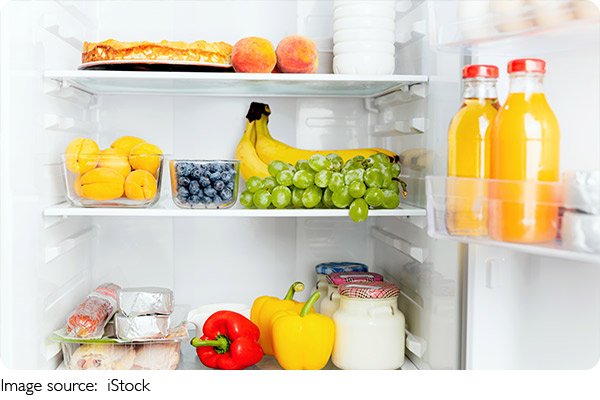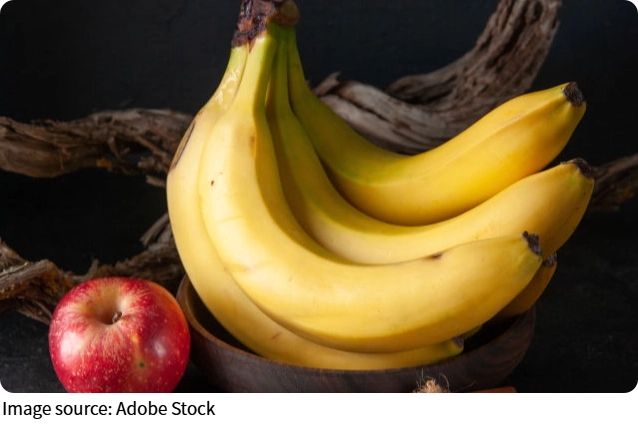Keep Fruits Fresh Longer

Ever opened your fridge only to find strawberries turning mushy or apples shriveling too quickly? Storing fruits properly is more than just tossing them into the fridge.
Small adjustments in how and where you keep your fruits can make a huge difference in freshness, flavor, and even nutrition.
1. Understand Fruit Types
Not all fruits are created equal when it comes to storage. Some, like apples, pears, and berries, do well in the fridge, while others—bananas, mangoes, and peaches—fare better at room temperature until they ripen. Knowing which fruits need cooler conditions versus warmer, ventilated spaces prevents premature spoilage.
2. Separate Ethylene Producers
Certain fruits, like apples, bananas, and avocados, release ethylene gas, which accelerates ripening in nearby produce. Keep these away from ethylene-sensitive fruits like berries, grapes, and leafy greens to slow down spoilage. Using separate fruit baskets or different fridge drawers can help manage this naturally occurring gas.
3. Use Proper Containers
Plastic containers with vents or breathable produce bags can extend shelf life by balancing moisture and air circulation. Avoid sealing fruits in completely airtight bags unless they are pre-washed and ready to eat. For berries, gently line a container with paper towels to absorb excess moisture, which reduces mold growth.
4. Handle with Care
Bruised or damaged fruits spoil faster. When storing, check each fruit and remove any that are overripe or damaged. Stack fruits loosely rather than piling them up, giving them room to breathe. For delicate fruits like cherries or raspberries, keep them in a single layer if possible.
5. Prepping Before Storage
Some fruits benefit from washing before use rather than storage. For example, washing strawberries before putting them in the fridge can encourage mold, so keep them dry until you're ready to eat. Apples and citrus can be lightly washed and dried, which helps remove dirt and bacteria without impacting longevity.
6. Optimize Fridge Zones
Refrigerators have areas with different temperatures and humidity. Crisper drawers often have humidity controls—use high humidity for leafy vegetables and low humidity for most fruits. Storing fruit at the optimal spot keeps it firm, juicy, and flavorful for longer.
7. Freeze for Longevity
If you buy in bulk, freezing is a great option. Berries, grapes, and sliced peaches can be frozen for smoothies or cooking. Make sure to freeze them in a single layer first to prevent clumping, then transfer to airtight containers or freezer bags. Proper freezing maintains nutrition and reduces waste.
8. Monitor and Rotate
Regularly check your stored fruits. Rotate older items to the front so they get eaten first, and remove anything showing signs of mold or spoilage. This simple habit prevents one bad piece from affecting others and keeps your fridge organized.
9. Room Temperature Ripening
Some fruits taste better when ripened at room temperature, like avocados, kiwis, and mangoes. Once ripe, transfer them to the fridge to extend their shelf life. Using a paper bag can speed up ripening by trapping natural gases, but monitor daily to avoid overripe fruit.
10. Practical Daily Tips
1. Store berries in a breathable container lined with paper towels.
2. Keep ethylene-producing fruits separate from sensitive ones.
3. Avoid washing fruits until just before eating, unless recommended.
4. Use fridge crisper drawers according to humidity preference.
5. Freeze surplus fruit to prevent waste.

Proper storage transforms your fruit from quickly spoiled to long-lasting, flavorful snacks. It's not just about extending shelf life; it's about preserving taste, nutrition, and reducing waste. Next time you stock up on fruit, remember these strategies.
By taking a few minutes to sort, store, and monitor your fruits, you can enjoy fresh, vibrant produce every day, saving both money and the hassle of spoiled food. Small changes in storage can make a surprisingly big impact, turning your fridge into a treasure trove of healthy, ready-to-eat fruits.

 · Food Team
· Food Team